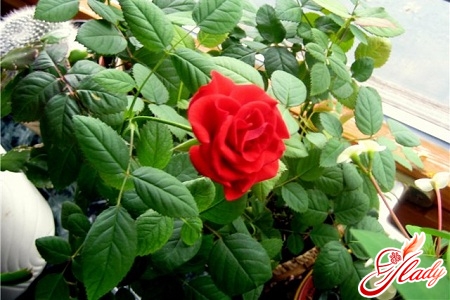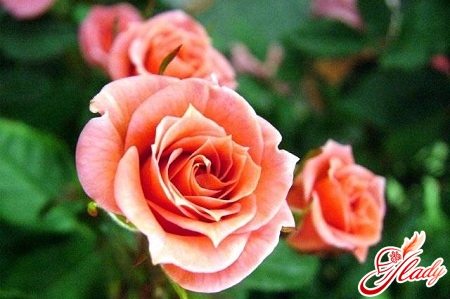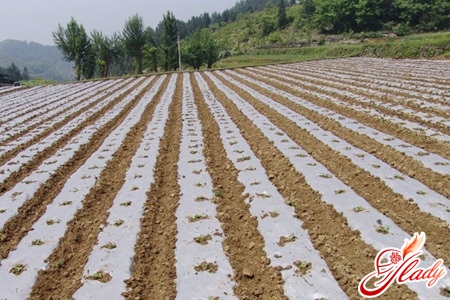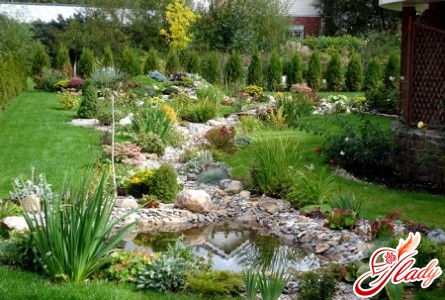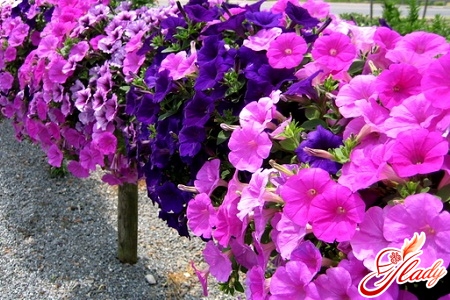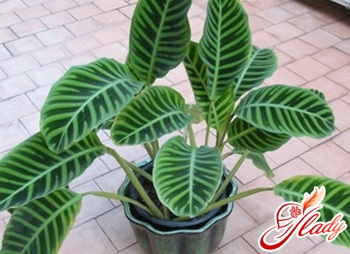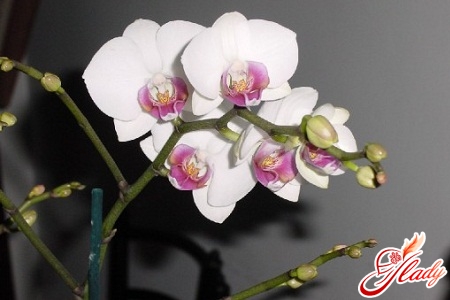 The world has never seen such a dazzling success:Phalaenopsis orchid has skyrocketed in the hit parade of the most beloved indoor plants in just a few years. The indoor orchid has become a desired potted flower in any home, because the variety of fantastic colors, long flowering, and unpretentiousness in maintenance raise the rating of this exotic plant to unattainable heights. Breeders never cease to amaze us with new varieties with unique colors and shapes of flowers. The palette of indoor orchids is very extensive: from snow-white color, it smoothly turns into lemon-yellow, amber-orange and, passing through terracotta and pink, changes its color to purple of all shades. But it is not so much the color of the plant itself that surprises, but the openwork pattern on the petals. Filigree stripes create the effect of thin veins, and flowers with speckles or unusual dark colors look mysterious and surprisingly impressive. Phalaenopsis are not called butterfly orchids for nothing. With their outlines of various shapes, colors and sizes, they resemble tropical moths. Miniature varieties are also great for indoor decor. Taking up little space, mini orchids are in no way inferior to medium-sized varieties in terms of flowering time and ease of care.
The world has never seen such a dazzling success:Phalaenopsis orchid has skyrocketed in the hit parade of the most beloved indoor plants in just a few years. The indoor orchid has become a desired potted flower in any home, because the variety of fantastic colors, long flowering, and unpretentiousness in maintenance raise the rating of this exotic plant to unattainable heights. Breeders never cease to amaze us with new varieties with unique colors and shapes of flowers. The palette of indoor orchids is very extensive: from snow-white color, it smoothly turns into lemon-yellow, amber-orange and, passing through terracotta and pink, changes its color to purple of all shades. But it is not so much the color of the plant itself that surprises, but the openwork pattern on the petals. Filigree stripes create the effect of thin veins, and flowers with speckles or unusual dark colors look mysterious and surprisingly impressive. Phalaenopsis are not called butterfly orchids for nothing. With their outlines of various shapes, colors and sizes, they resemble tropical moths. Miniature varieties are also great for indoor decor. Taking up little space, mini orchids are in no way inferior to medium-sized varieties in terms of flowering time and ease of care.
Basic care
To keep such at home"Butterfly orchid" is not difficult at all. This tropical guest is not so capricious, and a room temperature of 20 degrees suits it well. The only thing that is vital for it is suitable soil and good lighting. Pots with indoor orchids are placed in a well-lit place, protected from direct sunlight. With proper care and watering regime, phalaenopsis will delight you with their beauty for many years. It is best to water these plants by thoroughly moistening the soil with water at room temperature once a week. In practice, this can be done by immersing the pot with the plant in a container of water. Indoor orchids have very sensitive roots, they easily rot, so the soil cannot be over-moistened. Before putting the pot with the plant back in its original place, you need to let the excess water drain. To fertilize these flowers, use root dressings, moistening the soil with a solution of appropriate preparations. Fertilizers are added to the water to moisten the substrate every second or third watering. For feeding, you can use both complex fertilizers and those intended specifically for orchids and epiphytes. If the air in the room is dry, it will be good for your pets to arrange a morning shower - spray the plant from a sprayer. After the indoor orchid has finished blooming, it requires pruning. However, you do not need to cut all the flower stalks to the very root. They should be shortened above the second or third dormant bud. This is a small thickening on the stem. Often, new flowers develop from such buds. Up to three months may pass before the day when the buds open and the phalaenopsis blooms again. If the flower stalk dries up and turns brown, it should be removed. The soil for indoor orchids should be breathable and hygroscopic. Usually the soil mixture is made up of pieces of bark, expanded clay, charcoal and sphagnum moss mixed with soil. By the way, moss laid on the soil, firstly, slows down the drying out of the plant and also looks very decorative. Orchid is a houseplant, but in summer it can be kept on a shady balcony. The right choice of flowerpot is very important for it, because the phalaenopsis orchid has green roots that participate in the process of photosynthesis. To ensure this process, the flower is planted in a transparent pot - glass or plastic. This will not only have a beneficial effect on the plant itself, but also make it possible to control the condition of the root system. Pots should have large drainage holes. Phalaenopsis is an epiphytic plant that does not require soil. Therefore, for their cultivation, you can also use epiphytic baskets - flowerpots assembled from wooden or plastic sticks, planks or bamboo, where there is no soil. In such baskets, the roots develop freely, beautifully braiding the walls of the basket from the inside and outside. In addition, phalaenopsis can be planted on blocks filled with substrate, "upside down".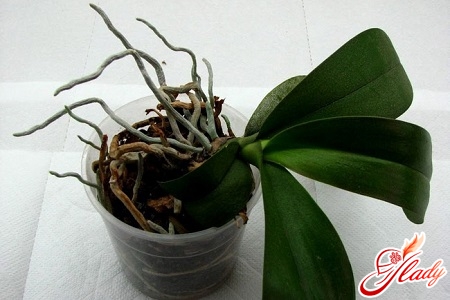
Bloom
Naturally, phalaenopsis are valued forLong and spectacular flowering. The flowers of these orchids are dense, they can delight you with their flowering for a month or even two. The peduncles live much longer. Phalaenopsis with large flowers can be observed blooming at various times of the year, because their peduncles develop gradually. They branch out, and flowering is repeated again and again on the same peduncle. An adult plant, well-groomed and strong, can produce up to three peduncles per year. Following each new leaf that appears, the next peduncle can develop. But do not think that indoor orchids are so unpretentious that they bloom all year round. Large-flowered phalaenopsis produce new peduncles seasonally. But their flowering can be regulated by changing the ambient temperature. In order for flower buds to begin to grow, daytime temperatures for one to three weeks should not exceed 18 ° C, and night temperatures 12 ° C. This is easily explained by the tropical origin of plants, where the monsoon climate creates exactly these conditions. In our climate, large-flowered phalaenopsis and their hybrids begin to form peduncles in the fall and continue this process throughout the winter, delighting us with flowering almost until summer. The older and stronger the plant, the more peduncles it produces. These new peduncles are longer, and accordingly, they bear more flowers. Species from warm and humid tropical forests - "summer" phalaenopsis - behave somewhat differently. They constantly need warmer temperatures. Such plants feel great at a temperature of at least 18 ° C at night and over 26 ° C during the day. If the conditions for keeping phalaenopsis meet all the requirements, they develop their peduncles regardless of the time of year. There are species and varieties with growing peduncles. Moreover, the older the plant, the more flowers it produces at the same time. If you do not cut off such flower stalks of phalaenopsis after flowering, they will develop again and then bloom again and again. Often, airy "children" are formed on them.
Reproduction
At home, butterfly orchids reproduce vegetatively. This can be done in various ways.
- Air children. Peduncles are periodically formed on peduncles. It is necessary to wait, when the sprout will release its own roots, and then it can be planted in the ground.
- Sockets. A plant that has formed several rosettes with its roots can be planted. At the same time, each separate outlet is put in a new pot, where first a temporary soil is poured. The matured and grown up plant is transplanted into a new suitable substrate.
- By dividing the stem. The upper part of the plant is cut and re-rooted. In this case, the stalk is planted in the ground and covered with a transparent container, providing a microclimate. The remaining "stump" with time also develops shoots and begins to bush further. Usually, this method is used to rejuvenate plants.
Education of children
Temperature is very important for phalaenopsismode. It affects the formation of not only flowers, but also air babies. If you increase the temperature and humidity, providing shady conditions, this will contribute to the fact that not flowers, but daughter plants will begin to develop on the peduncles. This fact is a characteristic feature of all phalaenopsis, but is especially pronounced in some species, such as Phalaenopsis Shilleriana. If the babies of such plants are not transplanted, then over time they will grow into very spectacular specimens with cascades of flowering branches.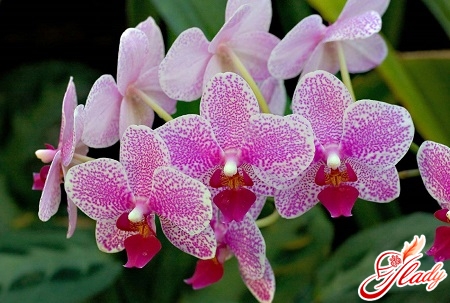
Species and hybrids
It is worth mentioning mythical hybrids right away.«микс». Многие неопытные цветоводы принимают за особый гибрид торговую маркировку «микс» в лотах цветочных интернет-магазинов. На самом деле растения, в названиях которых указано «микс», не предполагают возможности их выбора по сорту или цвету. Конечно, продавцы обещают, что постараются учесть ваши пожелания, но это не означает, что в заказе вы получите то же самое, что видели на картинке. Так что фаленопсисы микс – это не сорт, не гибрид, и даже не смешанный набор орхидей, а всего лишь торговая маркировка. Разновидности фаленопсиса могут быть гибридными или видовыми. В домашних коллекциях чаще всего встречаются такие виды как Фаленопсис приятный (Phalaenopsis amabilis), Фаленопсис Стюарта (Phalaenopsis Stuartiana) и фаленописис Шиллера (Phalaenopsis Schilleriana). Это виды среднего размера. Но есть и виды орхидей из категории «мини», например, Фаленопсис розовый (Phalaenopsis rosea), а также очень крупные – Фаленопсис гигантский (Phalenopsis gigantean). Помимо видовых фаленопсисов есть гибридные разновидности, полученные в результате межродовой и межвидовой селекции. Среди них выделяются, прежде всего, стандартные гибриды. Раньше больше ценились фаленопсисы с высокими крепкими цветоносами и крупными чисто белыми или розовыми цветками. Для создания подобных гибридов использовали природные виды с крупными цветками. Вот так и возник традиционный стереотип, что фаленопсис – это цветок фарфорово-белого, нежно-розового или светло-пурпурного цвета с широкими лепестками правильной округлой формы. Со временем были выведены сорта с очень крупными цветами, достигающими четырнадцати сантиметров в диаметре. Они хоть и производили огромное впечатление, но утратили присущие этой орхидее изящество и очарование. Постепенно в гибридизацию были вовлечены ярко окрашенные и пестрые природные виды. Благодаря этому гибриды фаленопсисов приобретали все более разнообразные расцветки, начиная от ярких малиново-красных и пурпурных и заканчивая сложными оттенками бежевого, персикового, золотистого и желто-зеленого цвета. Одно время стали популярными фаленопсисы с полосатым и пятнистым рисунком на лепестках. В семидесятых годах прошлого года французы экспериментировали с Фаленопсис стюартианум (Phalaenopsis Stuartianum) и получили цветы новой окраски, которую потом стали называть «французским крапом». Светлые бело-розовые цветы таких гибридов усеяны мелкими пятнышками более темного цвета, что придает им очень элегантный вид. На некоторые фаленопсисах рисунок из прожилок напоминает перепонки крыльев стрекоз или бабочек. Особенно красивы те цветы, на которых жилки имеют контрастный цвет. Длинные цветоносы этих сортов подвязывают к палочкам, чтобы они выглядели более элегантными. Тогда они изгибаются, как лебединая шея или напоминают своим изгибом контур половинки сердечка. Если подвязать пару таких цветоносов симметрично, то образуется красивое цветущее сердце. Некоторое время спустя в селекции этих гибридов появились новые тенденции. Фаленопсисы становятся все более и более популярными как горшечные растения, и общему их облику начинают придавать большое значение. Они становятся компактными, аккуратными, красоте лиственной розетки, цветоносов, разнообразию окраски цветов уделяется большое внимание. Появляются мини- и микро-фаленопсисы, гибриды мультифлора. Среди очаровательных гибридов особо нужно отметить Фаленопсис Мини Марк «Мария Тереза» (Phalaenopsis Mini Mark «Maria Teresa»). А вот небольшой список наиболее популярных сортов этого комнатного растения:
- Cerise Streep,
- Chromium,
- Malibu Chablis,
- Paradise,
- Pending Bright,
- Solden Bell,
- Sleido Sever.
Today, the trendsetter among phalaenopsisbecame Taiwan, where these plants are grown on an industrial scale. Taiwanese varieties with relief spotted or pure petals have made a real revolution in the selection of phalaenopsis. Among the hybrids of Taiwan, novelty phalaenopsis stand out - clones of hybrids selected according to a number of characteristics. Thanks to the enthusiasm of breeders, the number of species of these indoor plants is constantly growing, and how many of them will appear in the near future can only be guessed. And today we are presented with unlimited opportunities to decorate our own home with the help of magnificent orchids. You can choose standard species of medium size, and mini orchids, and large-flowered specimens. After all, an orchid is not only an elite class indoor plant. It is a real living miracle! We recommend reading:




